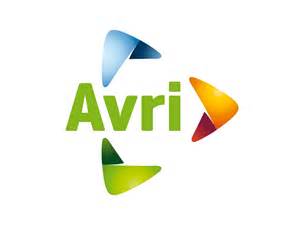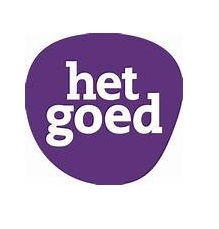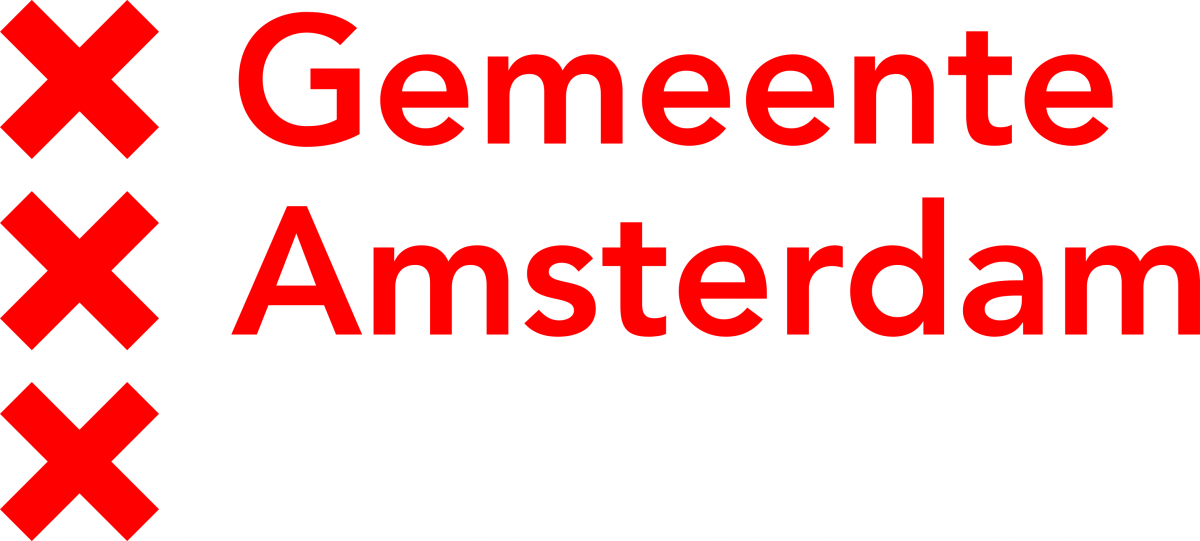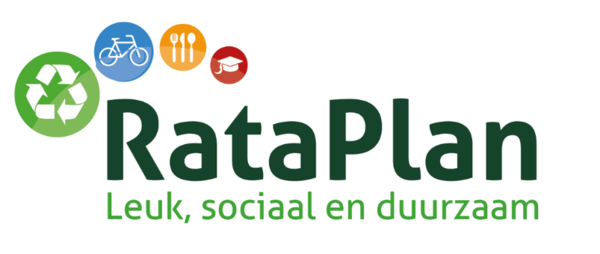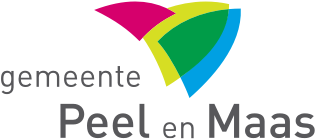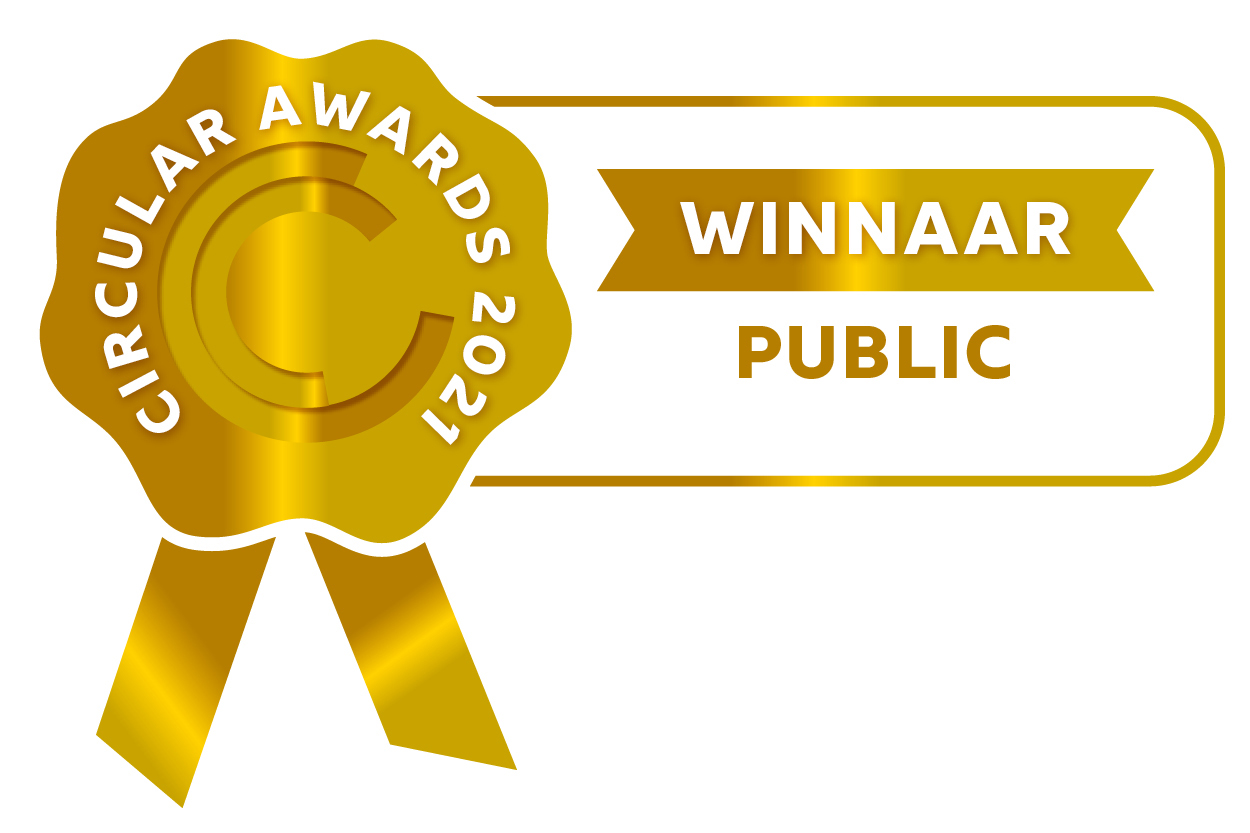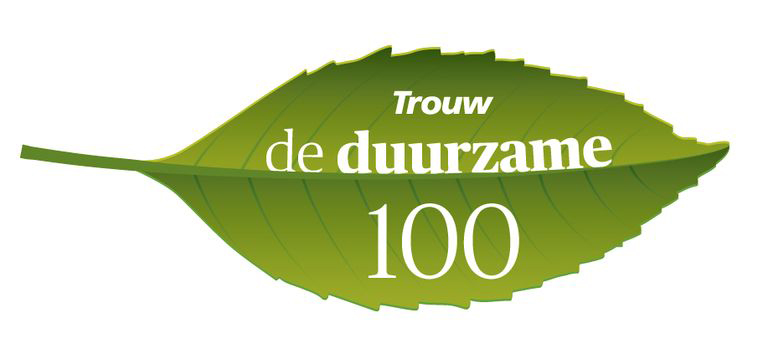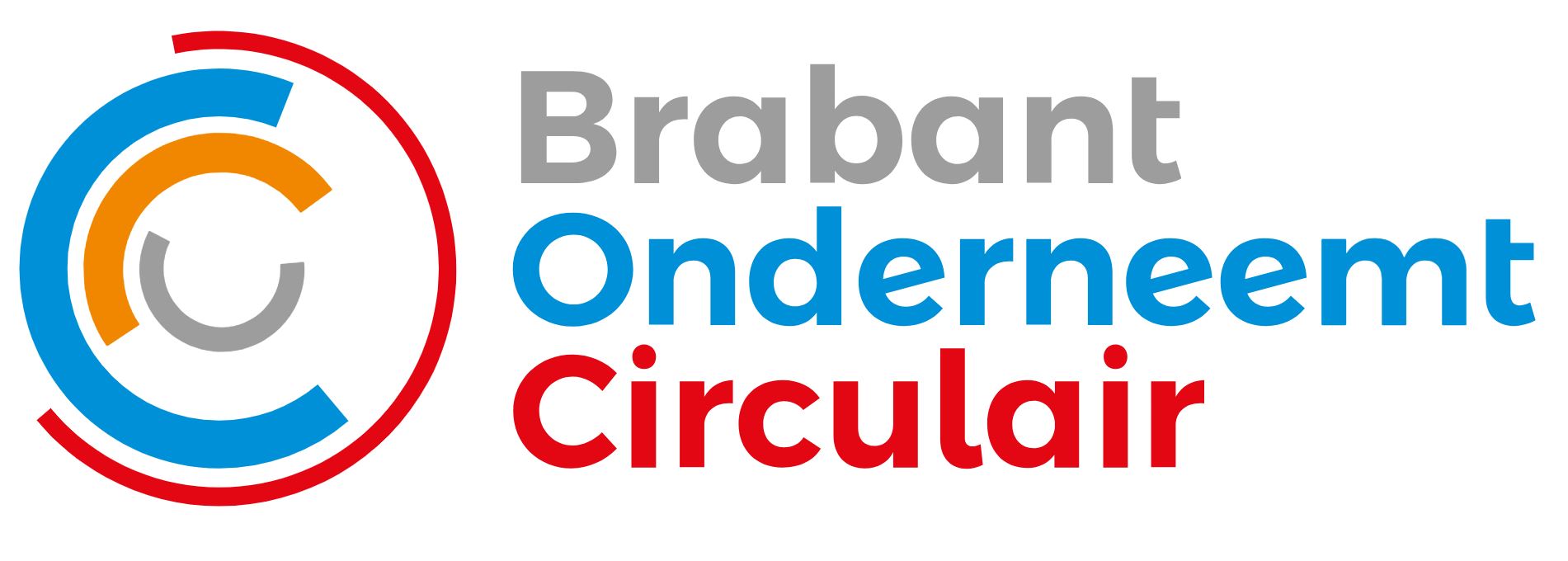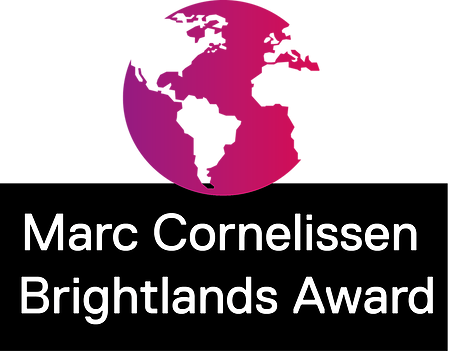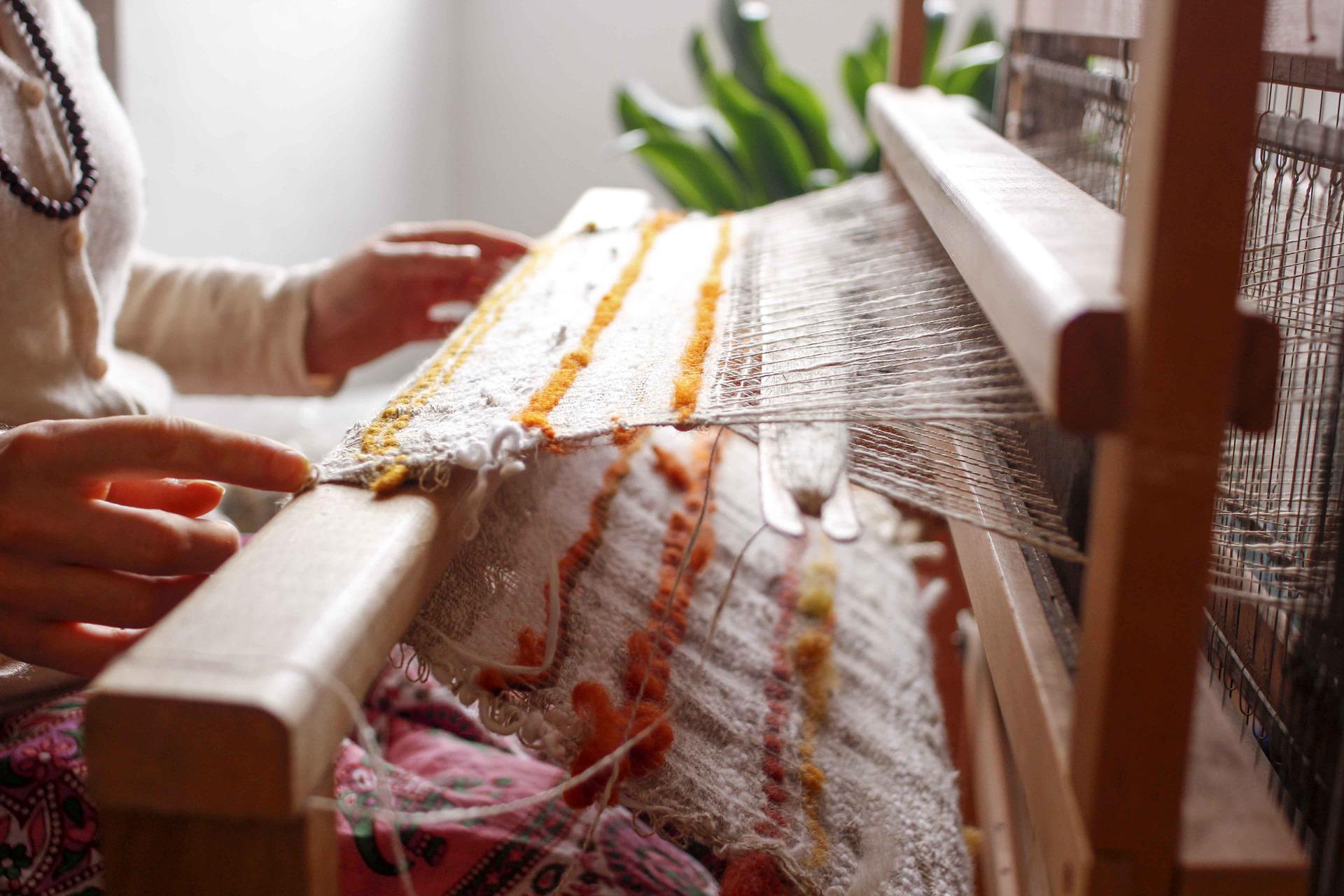
Textile Race
A fun and educational way to collect old clothing and textiles!
Contribute with what you wear!
The impact of the stuff we buy (consumer goods) is huge! Babette Porcelijn touches on the problem as a result of our consumption behaviour in her book "De Verborgen Impact". Also, research by the World Economic Forum shows that 70% of all CO2 emissions result from the extraction and processing of our raw materials, of our products.
Fast Fashion is the new buzzword these days. Clothing collections are changing at a rapid pace and with that, the textile waste mountain is getting bigger and bigger! The Textile Race aims to raise awareness about the environmental impact of producing new textiles. In doing so, it highlights the importance of consuming, repairing and reusing! There is also a big profit to be made in recycling. More than half of all old and broken textiles in the Netherlands are poorly collected. At the moment, many people still throw their textiles with the residual waste, where they are incinerated (read more about textiles in residual waste in the Netherlands here). Many clothes also lie unused in people's closets. This while the amount of textiles keeps growing, which has a huge negative impact on people and the environment. For example, textiles are often produced under poor working conditions. We need to tackle this!
The Textile Race combines education with a cool collection campaign and makes repairing and collecting old and broken textiles fun, educational and easy. Watch the video to see how and why we do it!

About the Textile Race
During a race, 10 elementary school classes in a municipality or region compete with old and broken textiles. A race starts with an interactive guest lesson. We teach the children all about the world hidden behind their jeans and t-shirts. It is a huge shame when textiles go to waste, while their production has such a big negative impact. We emphasize the importance of buying less, buying consciously, repairing, reusing and collecting properly, which has a positive impact on people and the environment. This way we can extend the life cycle of our textiles and valuable raw materials are returned to the textile cycle!
Then it's time for action! The children of grade 6,7 and/or 8 will work for four weeks repairing and collecting old or broken textiles. With this they earn points. They campaign and inform everyone about the Textile Race. They involve their family, friends and the whole neighborhood in collecting textiles. Neighbors can register textiles at www.textielrace.nl to have them collected from their homes free of charge. The children approach national and local media to draw attention to the textile problem. They also earn points when they repair clothing and give it a second life. The winning school will win a fun grand prize!
Impact
Through the Textile Races we raise awareness about consuming, reusing, repairing and recycling among the young generation! Together with these driven circular heroes we make an impact!
Check out the results achieved here!
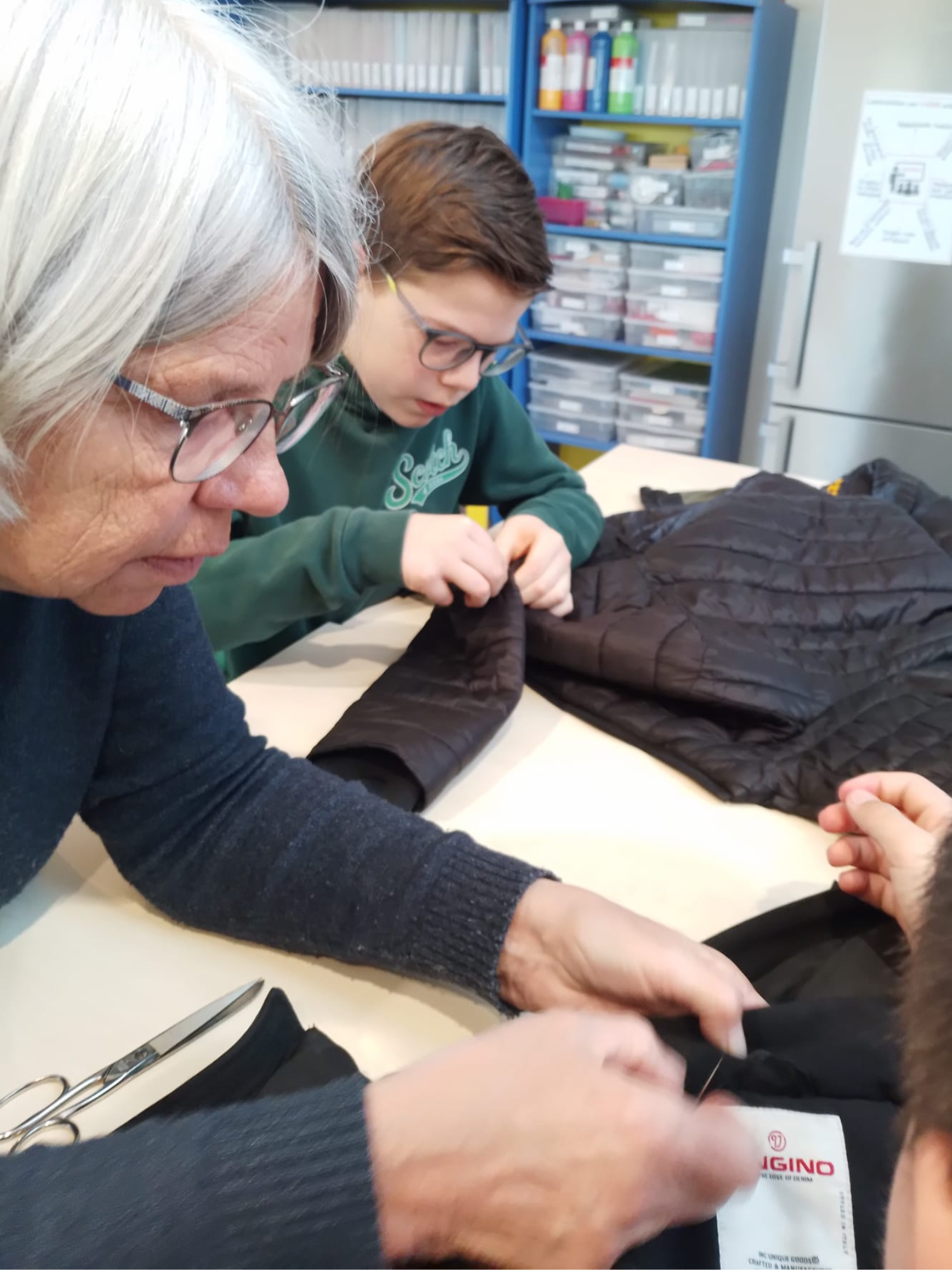
Quote
"This was truly a learning experience for life."
Ruben Jobse - 't Honk in Kapelle
"The Textile Race brings not only the school but also the entire neighbourhood together."
Talita Koemi School - Nijmegen
"I did not anticipate that a clothing swap at our school would be such a great success. We plan to organise this more often."
Kindcentrum Toon - Nijmegen
Our partners
We work together with municipalities and local collectors. They make sure that the textile is sorted in a responsible way for reuse or recycling. More than half of the textiles that we collect are selected for reuse, giving them a second life. Per race, we collect an average of 14,000 kg of textiles, thus saving over 192 tons of CO2 per race!
The Textile Race shows children and their environment that it is fun and easy to contribute to a circular economy. Research by TU Eindhoven shows that the project causes a lasting change in behavior during and after the race. Recent research also shows that children have the greatest influence on the sustainable behavior of their parents: 'The Greta Effect'. Because children influence their parents and environment, we take everyone with us in the transition to a circular economy.
Enthusiastic and would you also like to organize a Textile Race with us? Please contact us
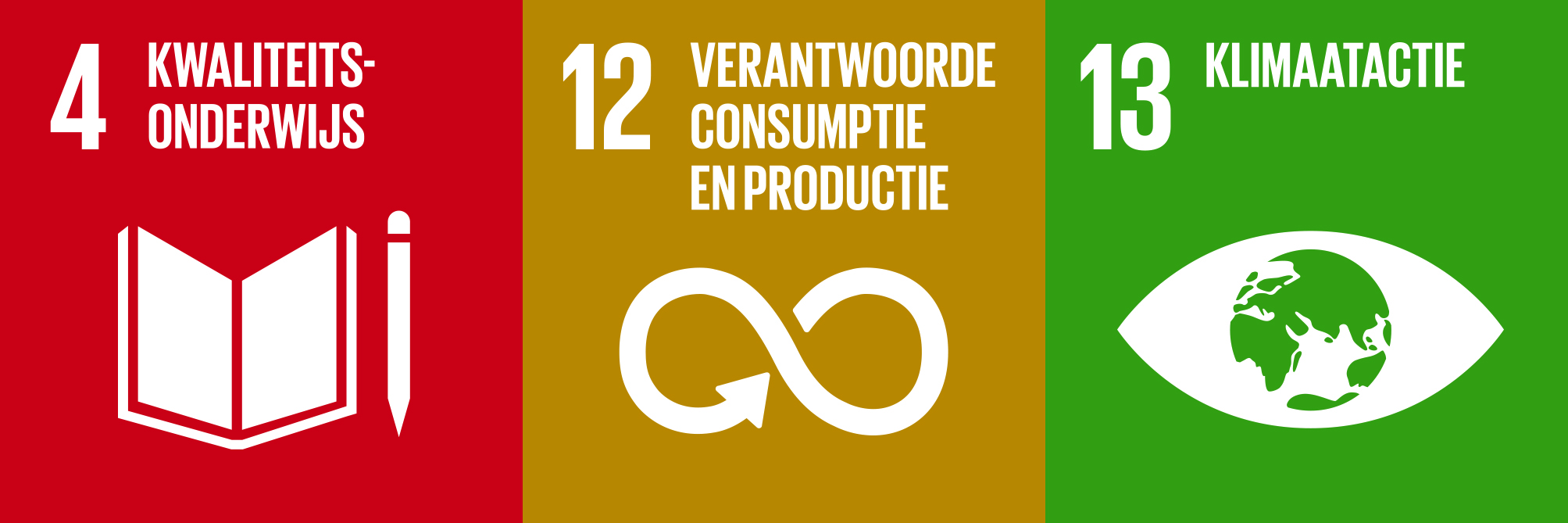
Racing for impact
Over the next few years (2024-2029), we are making big impact with the Textile Race in Noord-Holland. In total we want to organize 14 renewed Textile Races to realize a positive impact on the textile industry. We are also developing our Textielrace.nl website into an impact platform with an overview of opportunities for reuse, repair and recycling for residents of the participating North Holland municipalities.
This project is made possible by Kansen voor West and co-funded by the European Union and province Noord-Holland.
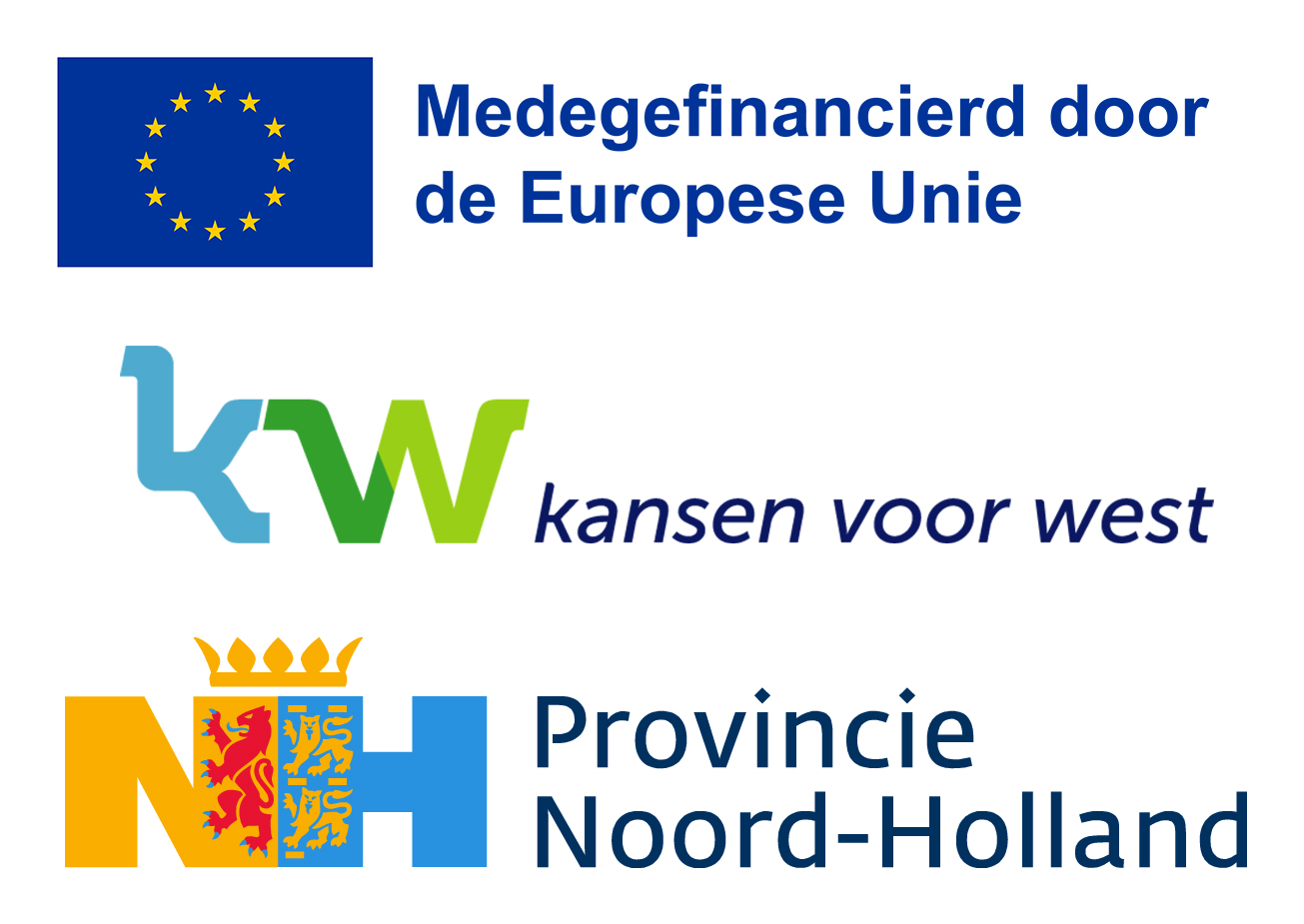
More information about our Textile Race? Visit the Textile Race website!
Did you know...?
- ...that the races (both the Textile and E-waste Race) contribute to achieving the VANG (From Waste to Resource) targets?
-... the races (both the Textile and E-waste Race) contribute in a to the central government's objectives for a circular economy in 2050?





